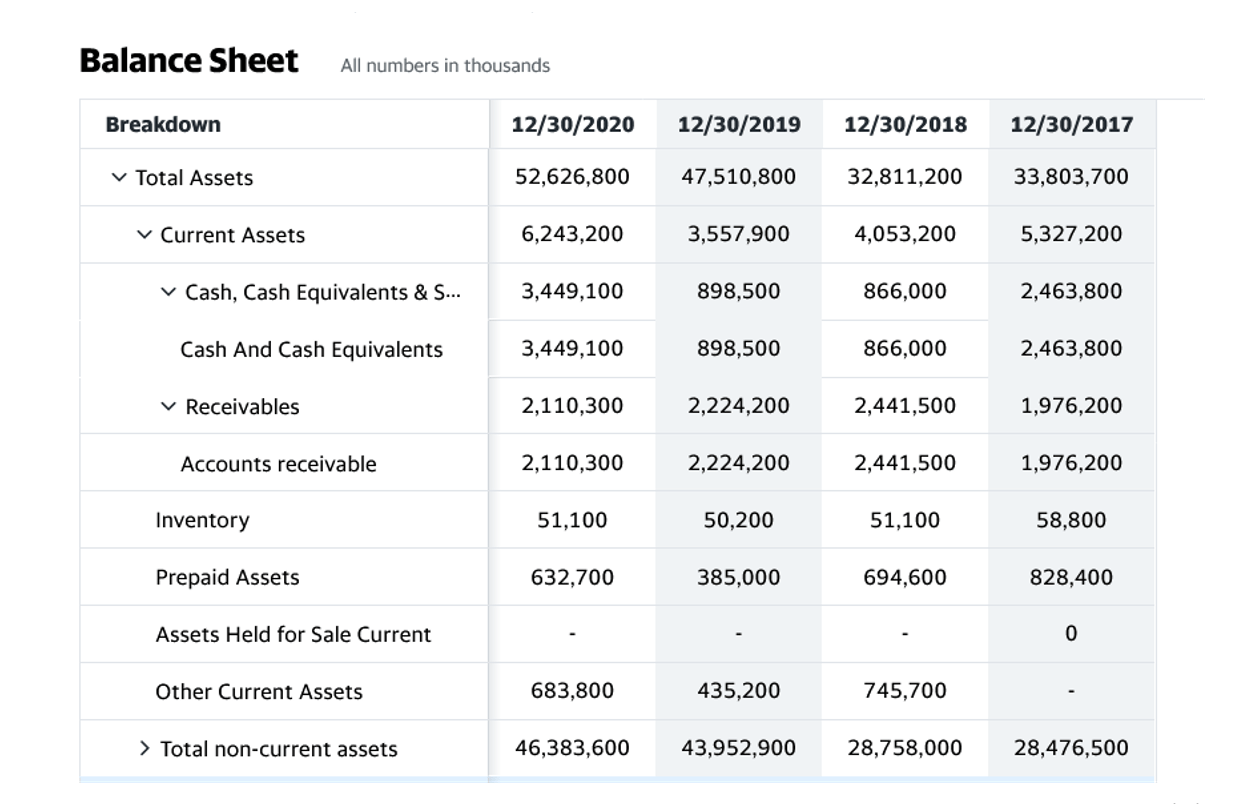
This is something you’ll probably come to realize when you try to re-sell the item—in most cases, you won’t get the same price you originally paid. If you run a business, you can claim the value of depreciation of an asset as a tax deduction. Here are the basics of depreciation and the best way to calculate this value for tax purposes. Donating to charity might lessen one’s tax liabilities, much as the tax break provided as reimbursement for medical expenditures.
Frequently Asked Questions (FAQs)
Debt finance is made more affordable because interest payments are tax deductible (in contrast to dividends on equity shares, which are not). It is accomplished by utilizing legal deductions such as mortgage interest, medical costs, charity contributions, amortization, and depreciation. As for the taxes owed, we’ll multiply EBT by our 20% tax rate assumption, and net income is equal to EBT subtracted by the tax. Therefore, depreciation is perceived as having a positive impact on the free cash flows (FCFs) of a company, which should theoretically increase its valuation. For example, if you had medical expenses of $15,000 and your income was $50,000, you could deduct the expense, and you would be taxed on only $35,000 of your income. You can use the tax shield formula for different deductions, such as the following.

How are Tax Shields Strategically Used?

If the tax rate is 33%, the company’s tax liability works out to USD 1 million (USD 3 million × 33%) which equals after-tax net cash flows of USD 7 million (USD 8 million – USD 1 million). A tax shield will allow a taxpayer to reduce their taxable income or defer their income taxes to a time in the future. To calculate a tax shield, you need to know the value of your tax-deductible expenses and your own individual tax rate. A tax shield is a legal way for individual taxpayers and corporations to try and reduce their taxable income.
Everything You Need To Build Your Accounting Skills
- It is an indirect way to save or ‘shield’ cash flows from taxes through the use of depreciation.
- Below are the Depreciation Tax Shield calculations using the Straight-Line approach.
- The intuition here is that the company has an $800,000 reduction in taxable income since the interest expense is deductible.
- The straight-line method is calculated by subtracting the salvage value from the asset’s purchase price and then dividing the resulting figure by the projected useful life of the asset.
- Since the interest expense on debt is tax-deductible (while dividend payments on equity shares are not) it makes debt funding that much cheaper.
- That interest is tax deductible, which is offset against the person’s taxable income.
- First, when a Company borrows money (or ‘Principal’) from a Lender, they typically agree to repay the borrowed dollars in the future.
Taking advantage of tax shields generally means itemizing deductions. This option has become less attractive since the Tax Cuts and Jobs Act of 2017 because it dramatically increased standard deductions for taxpayers. Therefore, it’s best to do your homework and ask a tax professional about tax shields before itemizing. If your deductions don’t add up to an amount greater than your standard deduction, you won’t get as large of a return by itemizing.
Frequently Asked Questions
- For some calculations, such as free cash flow, putting back a tax shield can not be as straightforward as just adding the entire tax shield’s worth.
- They also make capital-intensive investments more attractive because the higher the investment in depreciable assets, the greater the potential tax shield.
- A Tax Shield is an allowable deduction from taxable income that results in a reduction of taxes owed.
- The recognition of depreciation causes a reduction to the pre-tax income (or earnings before taxes, “EBT”) for each period, thereby effectively creating a tax benefit.
- Tax shields can lower your tax burden, reducing taxes owed or creating a refund.
Since depreciation is a non-cash expense and tax is a cash expense there is a real-time value of money saving. Depreciation expense is an accrual accounting concept meant to “match” the timing of the fixed assets purchase—i.e. depreciation tax shield formula Capital expenditure (Capex)—with the cash flow generated from fixed asset over a period of time. On the income statement, depreciation reduces a company’s earning before taxes (EBT) and the total taxes owed for book purposes.
- Because depreciation expense is treated as a non-cash add-back, it is added back to net income on the cash flow statement (CFS).
- Let’s look at the example of an owner of a fleet of trucks whose equipment depreciated over the tax year.
- A tax shield in capital budgeting is a way for corporations to strategically plan their optimal capital structure and decide which investments to follow.
- Giving the borrower a particular tax benefit also offers incentives to individuals looking to buy a house.
- Depending on the taxpayer’s total rate and cash flows for the specific year, tax shields differ from nation to nation and have different benefits.
- So, for instance, if you have $1,000 in mortgage interest and your tax rate is 24%, your tax shield will be $240.

Since the interest expense on debt is tax-deductible (while dividend payments on equity shares are not) it makes debt funding that much cheaper. Let’s say a business decides to take on a mortgage loan on a building instead of leasing the space because mortgage interest is tax deductible, thus serving as a tax shield. As a result, the gross income for the business would be reduced by the amount of interest paid on the mortgage, thus, reducing its taxable income.
Top 130+ Investment Banking Interview Questions (
Tax shields allow for taxpayers to make deductions to their taxable income, which reduces their taxable income. The lower the taxable income, the lower the amount of taxes owed to the government, hence, tax savings for the taxpayer. Taxpayers who have paid more in medical expenses than covered by the standard deduction can choose to itemize in order to gain a larger tax shield.
Depreciation allows businesses to spread out the cost of an asset over its useful life. For tax purposes, depreciation is considered a business expense, and businesses are allowed to deduct it when calculating their taxable income. As a result, it reduces the overall taxable income, thus lowering the amount of tax payable. A depreciation tax shield is a tax-saving benefit applied to income generated by businesses.